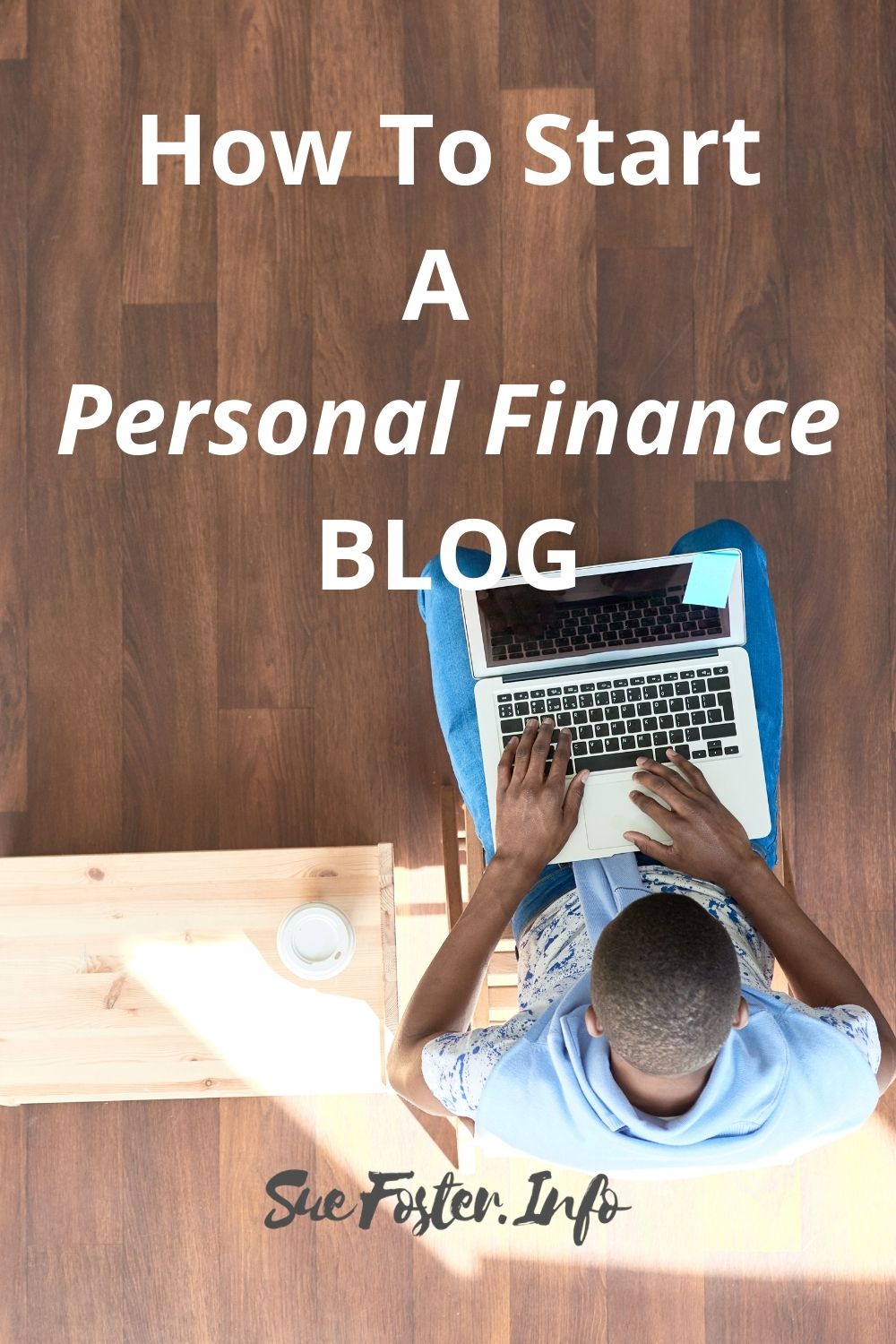One of the worthwhile activities you can do to help yourself and others is to set up a personal finance blog. This is a website dedicated to a wide range of financial topics. A few examples include tips on planning for retirement, refinancing a home loan, choosing a high-yield savings account and managing your discretionary expenses.
The benefits of managing a personal finance blog are many. This type of blog will allow you to share your dream of financial freedom with others, become an authority in the personal finance industry and maybe even earn some money on the side.

Making a successful personal finance blog, however, requires effort and a bit of technical expertise.
When setting up this type of website for the first time, keep these valuable suggestions in mind:
Choose a Niche for Your Personal Finance Blog
Before you dive into the technical matters of your website, step back and think carefully about the personal finance niche you want to pursue. You have plenty of niches to choose from, including the following:
- The road to financial freedom
- Retirement, which can include traditional and early retirement
- Paying off your debts
- Making extra money, which can include side jobs and passive income
- Practical lessons and tips on frugality, such as making your own coffee instead of buying expensive drinks at Starbucks every day
When picking your niche, make sure you consider what you know something about and what you like the most. Your personal finance blog will never become successful if you don’t like the niche. You must enjoy researching, reading and writing about the topics that fall under your chosen category.
Select Your Preferred Blog Type
Once you’ve selected the niche you prefer, the next step is to pick your blog type. Many blogs in the personal finance world generally fall under two categories: personal story and advice blogs.
A personal story blog focuses on you, the author, who talks shares a great about your personal life. The contents of these posts often contain your thoughts and opinions. What’s more, these posts include sound financial advice mixed with first-hand experiences.
An example of a personal story blog is the author’s story to clearing their humongous debt. The author, for instance, can talk about how they got into debt, the steps they made to get their finances and life back into shape and tips on how people can pay off their financial liabilities and change their lives for the best.
On the other hand, an advice blog is a post that offers general financial advice. These articles may have one or more authors, but these people are not the focus of the blog.
Come up with a Good Blog Name
The name of your blog will serve as the identity of your personal finance website. Take your time when thinking of a great domain name for your site. While you’re doing that, you’ll want to keep in mind the following rules:
- The name should be short, but meaningful and memorable
- It must be unique, but still related to your personal finance blog niche and type
- The website should be a .com domain if possible. Some bloggers also use other top-level domains, such .net and .info, but you should still opt for the .com version if it is available. Personal finance blogs that end with this suffix will appear credible or authoritative.
- If you want, include your real name (or a part of your name) in the domain
If you are getting a name for your personal finance blog, stay away from free domains like yoursite (dot) wix (dot) com or mypersonalfinanceblog (dot) wordpress (dot) com. Although they contain the “.com” suffix, these blogs immediately give off the “hobby blogger” vibe, which doesn’t make you look like a professional or serious blogger.
Pick a Hosting Provider
A web host is necessary for your personal finance blog to run properly. Your website will require access to specific technologies and resources, as well as storage on dedicated servers, to stay online.
The internet has tons of web hosting providers. When choosing the best one for your blog, make sure that the service provider is reliable. Your site should stay live at all times. Also, opt for a host that delivers expert and fast technical assistance. If you run into some technical issues with your personal finance blog, you can get in touch with them easily and fix whatever hosting problems you may have with your blog.
This post will help you to install WordPress. You will also need a professional-looking WordPress theme and legal pages.
Starting a personal finance blog can be fun, especially when you’re writing articles that will help people improve their financial situation. Once your site is up and running, start blogging and share your posts with people who need help getting their finances back together.


